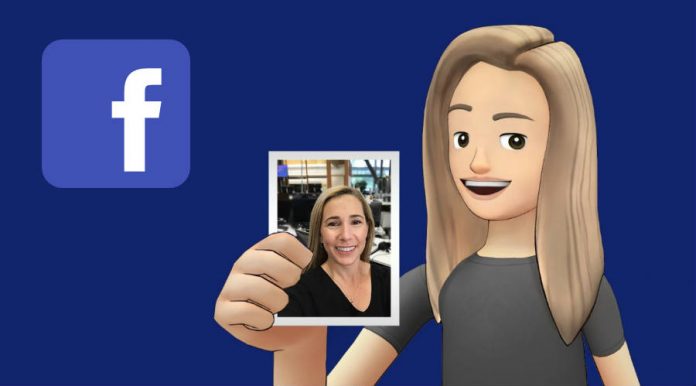
On Tuesday, Facebook introduced Facebook Spaces, a new virtual reality app available in beta on the Oculus Store. The platform allows users to chat, draw, and hang out in a digital environment with avatars based on their profile pictures.
The app is the realization of what the company sees as the next step in social media: socializing in VR. After all, that is why it bought Oculus VR for $2 billion a couple of years ago, a move that made little sense at the time and eventually brought them legal troubles.
Many people have been trying out Facebook Spaces since its launch, and the consensus seems to be that there are several flaws the social giant needs to address if it wants the platform to succeed.
Facebook Spaces is limited, and much of it is novelty
Facebook Spaces intends to open up a new space in which friends and people cut distances and share in the same virtual room. You can transform that room, bring many things into it, and create some others.
Perhaps the main social feature truly enabled by Facebook is the ability to bring photos from your profile and share them in your Space. It also limits your options, though, as the only content you can import is from Facebook.
Messenger video calls are also a notable addition, particularly because they extend beyond VR and allow you to pick up calls from your contacts with real-life feeds. Other than that, you can draw things, put them on photos, and change the walls on your Space with 360-degree photos and video.
The problem is, however, that that’s just about it. Not to disregard Facebook and Oculus’ achievements over the last two years, but even in its beta form, the platform seems a bit lackluster by current standards.
Creating an avatar is cumbersome and inaccurate, according to reports, and after you have hung out in Facebook Spaces for a while, there are few reasons to come back.
It is expensive to hang out at Facebook Spaces

After the novelty wears off, the few who still see the appeal and value of Facebook Spaces as a social platform face one last obstacle: they need an Oculus Rift headset and Touch controllers to enter, plus a capable PC that supports VR.
The estimated cost for anyone who doesn’t have either of these systems at home or work is easily above $1,000. The full Oculus setup costs $600, while the price of a VR-ready PC varies depending on how you build it. Readymade, entry-level options in the market range between $700 and $800.
Putting that fact aside, there is still the practicality factor. How convenient is it really to log into Facebook Spaces compared to just holding a video conference over any other social platform? Early tests say not very, mainly because this beta version still presents some access bugs that make its usage frustrating.
Still, Facebook keeps holding onto the dream that, one day, technology will be more seamlessly integrated into our lives. To get there, experts say they urgently need to bring their social VR room to more platforms.
Head of Social VR Rachel Franklin said:
“WE’VE ONLY SCRATCHED THE SURFACE OF SOCIAL VR TECHNOLOGY. IN THE FUTURE, IT WILL CONTINUE TO TRANSFORM THE WAY PEOPLE AROUND THE WORLD STAY CONNECTED WITH THEIR COMMUNITIES AND THOSE CLOSEST TO THEM.”
Source: Facebook










